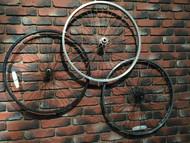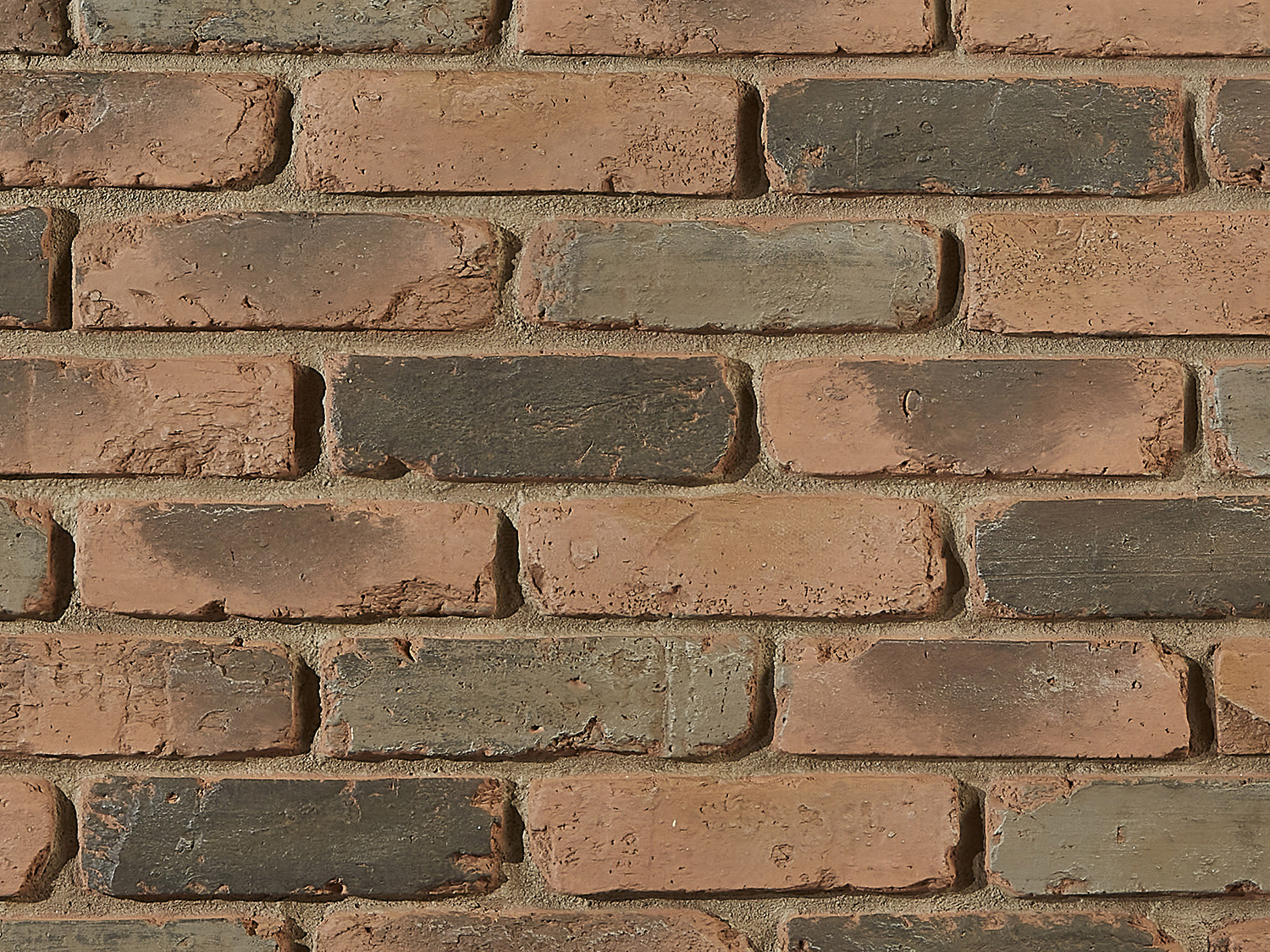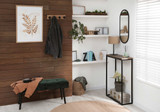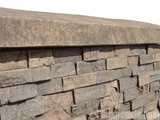
One of the phrases we hear most often from customers is that our products are "better than the real thing." They're certainly more affordable, versatile and easier to install, but are they the right choice for your design? Today we take a closer look at real brick vs brick veneer.
Brick is one of the most popular materials for builders and designers to use. It's steeped in history and character, and gives a robust, rugged look that suggests stability and foundation.
But in a hypothetical situation where you want this look on your walls, which is better to use? Brick veneer or the real thing?
There are a number of different factors to take into account when making this choice, so let's examine the options.
There are a number of products available that incorporate the use of real or manufactured clay bricks in a wall surface covering. One product we know of, for example, takes real reclaimed bricks from demolished buildings in metropolitan New York, and carves off slivers to make into tiles, also called "thin brick."
 Some brick tile solutions are made from real, reclaimed brick.
Some brick tile solutions are made from real, reclaimed brick.
The advantage of that is that you're getting real brick, and everything from the color, weathering and texture is absolutely authentic. The only way you could go one step further is to knock down your wall and rebuild with traditional brick and mortar.
The disadvantages of that, though, include cost and a difficult installation.
From a cost perspective, reclaimed bricks from places like New York or Chicago are about as affordable as anything else in those cities (as in, not very.) Their cost per square foot is often double that of our faux brick panels - more if you hire a contractor to install them.
And installation is a pain. With reclaimed or manufactured brick tiles, they need to be installed on metal panels that cover every inch of the available wall space, and then filled with grout and adhesive. It's time consuming and messy.
Even cheaper options like manufactured 'fake' bricks require installation like classic tiles - with careful and tedious attention to detail and grouting. It's a long, convoluted process.
There's no denying that the end result can look and feel incredibly impressive, but now let's talk about the alternative choice.
Our brick styles are manufactured from lightweight and durable polyurethane, and are incredibly cheaper than the 'real' alternatives. In addition, they're much easier to install - requiring nothing but regular construction adhesive and screws. They're also quicker to install - slamming up over 9 square feet of realistic-looking brick with every panel, rather than painstakingly installing each and every piece.
But the real issue is how they look - as that's often going to be the deciding factor for most people.
As these close-ups show, the look of the panels is astonishingly realistic. They're made using an innovative process that takes molds from real weathered brick, capturing each chip, crack and groove. The panels are then meticulously shaded in realistic colors to resemble actual clay.
Brick veneer made from high-density polyurethane
But it's true to say they're not actual brick - and while they look realistic, somebody who reaches out and touches them will probably know the difference. But then the question becomes: How often does somebody touch your wall to determine if the materials are 'real' or not? And even if they do - how important is that to you?
And that's really the crux of the matter. If you're searching for the look of weathered and antique brick, you can't go wrong with veneer. It repeatedly impresses new customers, and tens of thousands of people see our panels in shops, stores and homes nationwide and have no idea that it's not real.
'Going faux' winds up fitting the bill for almost all projects - and means you get a much smaller bill after you're all said and done. The realism of our products is astonishing; and their versatility and affordability make it tough to argue that the 'real' thing is better - especially when the 'real' thing is often just as artificial.
Well, that's our theory, anyway. What do you think? Feel free to challenge our opinion in the comments section below.
Shop Related Products




